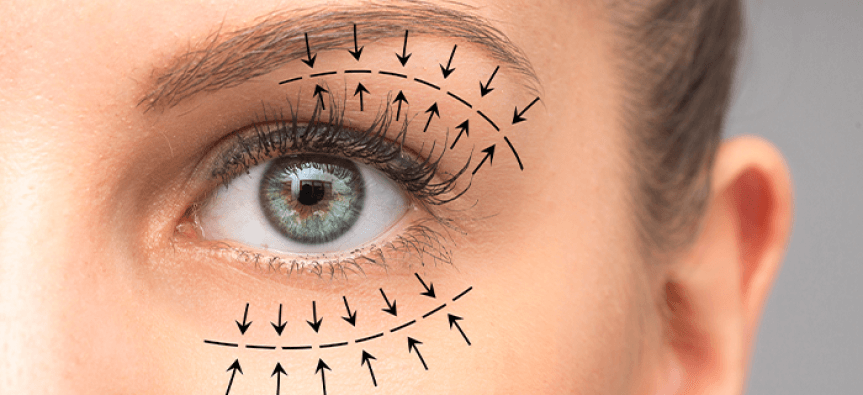Blepharoplasty (Eyelid Surgery)

Blepharoplasty (Eyelid Surgery)
Blepharoplasty Eyelid Surgery is the broad medical term applied to operations designed to lift, remove, and reposition sagging and bulging tissues around the eyes. Many of the earliest signs of a fatigued, aged appearance occur in the eyelid area. Bulging fat in the lower eyelids (“bags”) commonly occurs in certain families at very early ages (late teens to mid-twenties), while sagging skin and eyelid wrinkles make their appearance as early as the late twenties.
Blepharoplasty is the broad medical term applied to operations designed to lift, remove, and reposition sagging and bulging tissues around the eyes. Many of the earliest signs of a fatigued, aged appearance occur in the eyelid area. Bulging fat in the lower eyelids (“bags”) commonly occurs in certain families at very early ages (late teens to mid-twenties), while sagging skin and eyelid wrinkles make their appearance as early as the late twenties.
Correction of these aging eyelid problems provides one of the most dramatic improvements possible with aesthetic facial surgery. Although blepharoplasty is often performed as an individual procedure at an early age, it is frequently combined with the facelift (rhytidoplasty) operation in middle-aged patients.
The operation is generally performed under local anesthesia in out-patient basis. During the eyelid operation the surgeon removes excess skin from the upper lid and camouflages the incision in the upper lid skin fold. (In certain patients correction of a sagging brow complements the upper eyelid blepharoplasty.) The lower eyelid incision is hidden immediately below the eyelash line; excess skin is removed, weak muscles are tightened or smoothed, and bulging fat is corrected. Although some temporary bruising may be expected for several days, little or no pain ordinarily results from blepharoplasty. The stiches are removed on 3-5 days.
Patients with very dark or pigmented skin around the eyes find that this condition will persist after surgery; improvements are most dramatic when excess skin and bulging fat are responsible for the predominate aging and “tired” appearance. Blepharoplasty operations do not totally eradicate pronounced or fine creases (“crow’s feet,” “laugh lines”) lateral to the eyelids since these wrinkles continue to be influenced after surgery by underlying facial muscles and animation.
Properly carried out, blepharoplasty is one of the most permanent and dramatic of the operations designed to minimize the aging process. The improved results are generally beneficial for many years.